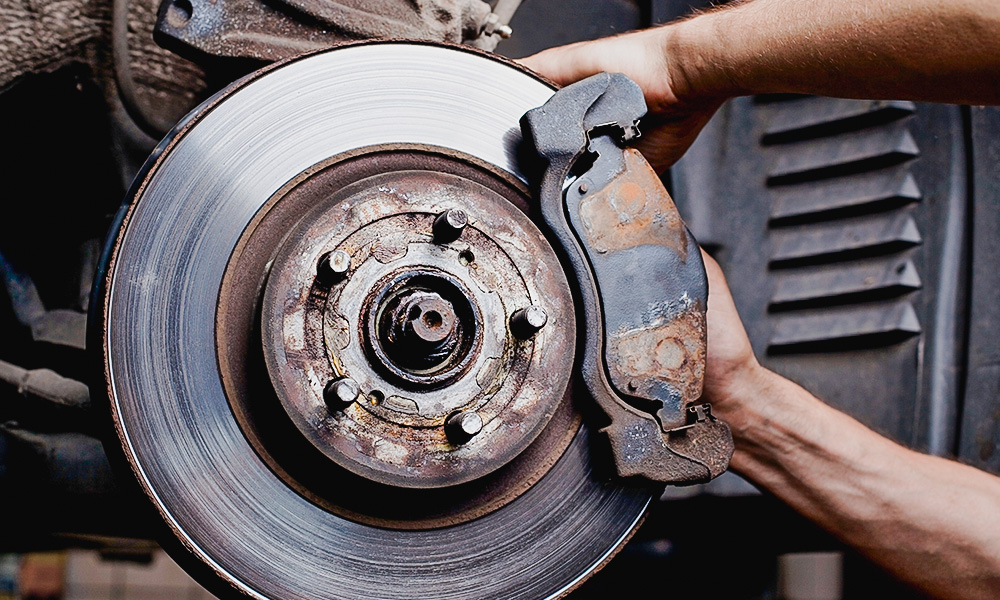The Brake System: How Your Vehicle Stops Safely
The brake system is a vital part of any vehicle, ensuring safety by allowing the car to slow down or stop when necessary. When the brake pedal is pressed, a series of actions take place that involve different components working together. Understanding how these parts operate gives drivers a deeper appreciation for the safety technology built into their vehicles.
How the Brake Pedal Sets Everything in Motion
The process of slowing down or stopping begins when the brake pedal is pressed. This action activates the brake master cylinder, which sends brake fluid through the lines. As the fluid travels through the system, it builds pressure. This pressure is then transmitted to the brake calipers, which clamp the brake pads onto the rotors.
The friction generated between the brake pads and rotors slows the wheels. The more pressure applied to the pedal, the more force the brake pads apply to the rotors, leading to faster deceleration. This entire sequence occurs quickly, allowing the vehicle to stop safely in a short amount of time. In vehicles with rack and pinion steering, the steering system works seamlessly with the braking process, ensuring that when you press the brake pedal, the car remains stable and responsive, maintaining effective control.
How Each Brake Component Works Together to Stop the Car
Each part of the brake system plays a crucial role in ensuring the vehicle stops effectively and safely:
- Brake Pads: These are designed to create friction when they make contact with the rotors, generating heat. Over time, brake pads wear down and need replacing to ensure the brakes continue to perform at their best.
- Brake Rotors: Typically made from metal, the rotors are responsible for dispersing the heat generated during braking. This helps prevent brake fade and maintain consistent braking power. If rotors become warped or overly worn, they can negatively impact braking performance.
- Brake Calipers: The calipers secure the brake pads and apply the necessary pressure for them to work. If a caliper malfunctions, it can lead to uneven braking, reducing overall efficiency.
- Anti-lock Braking System (ABS): ABS prevents the wheels from locking up during sudden braking, which helps the driver maintain control of the vehicle. It works with sensors that track wheel speed and adjust brake pressure accordingly.
Brake fluid is essential for transmitting pressure from the master cylinder to the calipers. Regular brake maintenance, such as monitoring fluid levels and replacing worn components, is key to maintaining a reliable and responsive braking system. Modern vehicles often include sensors that alert drivers when maintenance is needed, minimizing the risk of brake failure. Together, these components and advanced technologies ensure the vehicle can stop quickly and safely, providing confidence and safety on the road.




